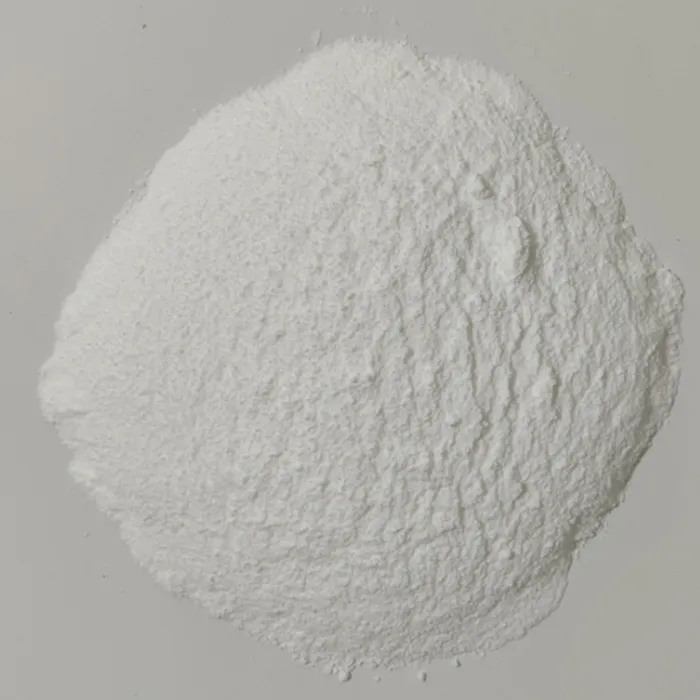Exploring 6-Amino-1,3-Dimethyl-5-Nitroso-2,4(1H,3H)-Pyrimidinedione Structure, Synthesis, and Potential Applications
The realm of organic chemistry is rich with compounds that play crucial roles in both theoretical research and practical applications. One such compound is 6-amino-1,3-dimethyl-5-nitroso-2,4(1H,3H)-pyrimidinedione (hereafter referred to as ADDN-PY). This unique molecule presents a fascinating combination of structural attributes and potential applications, making it an interesting subject of study in various fields, including medicinal chemistry, agriculture, and materials science.
Chemical Structure and Properties
The molecular structure of ADDN-PY is characterized by a pyrimidinedione ring, a core component in many biologically active compounds. The presence of both amino and nitroso functional groups is significant; the amino group enhances the compound's reactivity and solubility, while the nitroso group introduces potential nitrosating properties. The dimethyl groups at positions 1 and 3 contribute to steric hindrance, which can influence the compound's interactions with biological targets and affect its overall reactivity.
The systematic name reflects the distinct characteristics of the molecule, highlighting the nitroso group as a key feature that may enhance its electrophilic reactivity. Each component of the molecule contributes to its physicochemical properties, such as solubility, stability, and reactivity, making it a subject of interest for synthesizing new derivatives with enhanced properties.
Synthesis of ADDN-PY
The synthesis of 6-amino-1,3-dimethyl-5-nitroso-2,4(1H,3H)-pyrimidinedione typically involves multi-step reactions starting from simple pyrimidine precursors. A common pathway includes the functionalization of a dimethyl pyrimidinedione derivative, which is then treated with nitrous acid to introduce the nitroso group. The reaction conditions must be finely tuned to maintain stability and yield because intermediates can often lead to side reactions or degradation.
The methods for synthesizing ADDN-PY are of particular interest, as they can be optimized for scale-up in industrial applications. Additionally, the exploration of alternative synthetic routes or the use of greener chemistry practices can contribute to more sustainable methods of production.
6-amino-1,3-dimethyl-5-nitroso-2,4(1h,3h)-pyrimidinedione

Potential Applications
The unique structural characteristics of ADDN-PY suggest several potential applications across various domains.
1. Medicinal Chemistry The combined presence of amino and nitroso groups in ADDN-PY implies potential pharmacological activity. Nitroso compounds are known for their ability to act as nitrosating agents, possibly leading to the development of innovative therapeutic agents. Research into their effects on biological systems could open avenues for treating a variety of conditions, particularly those related to bacterial infections, cancer, and cardiovascular diseases.
2. Agricultural Chemicals ADDN-PY could also find application as a herbicide or pesticide. The reactivity of nitroso compounds enables the development of agrochemicals that can selectively target pests while minimizing impact on non-target organisms. It’s important to conduct thorough studies on the environmental impact and safety profile before commercial applications are pursued.
3. Materials Science Due to its structural attributes, 6-amino-1,3-dimethyl-5-nitroso-2,4(1H,3H)-pyrimidinedione may contribute to the development of new materials, including polymers and coatings. The incorporation of such compounds can impart unique properties such as increased durability, UV resistance, or conductive properties.
Conclusion
6-amino-1,3-dimethyl-5-nitroso-2,4(1H,3H)-pyrimidinedione offers a myriad of possibilities that merit further exploration. Its unique structure reveals pathways for diverse applications in medicinal chemistry, agriculture, and materials science. As research progresses, it is essential to consider both the benefits and potential risks associated with these compounds to fully harness their capabilities while ensuring safety and sustainability. The journey of understanding and utilizing ADDN-PY is just beginning, promising advancements that may have significant impacts on science and industry in the years to come.

